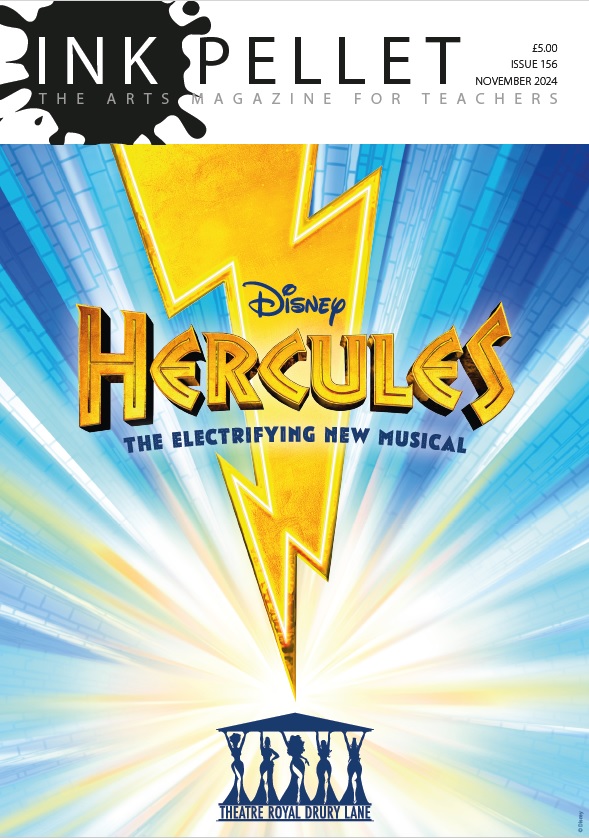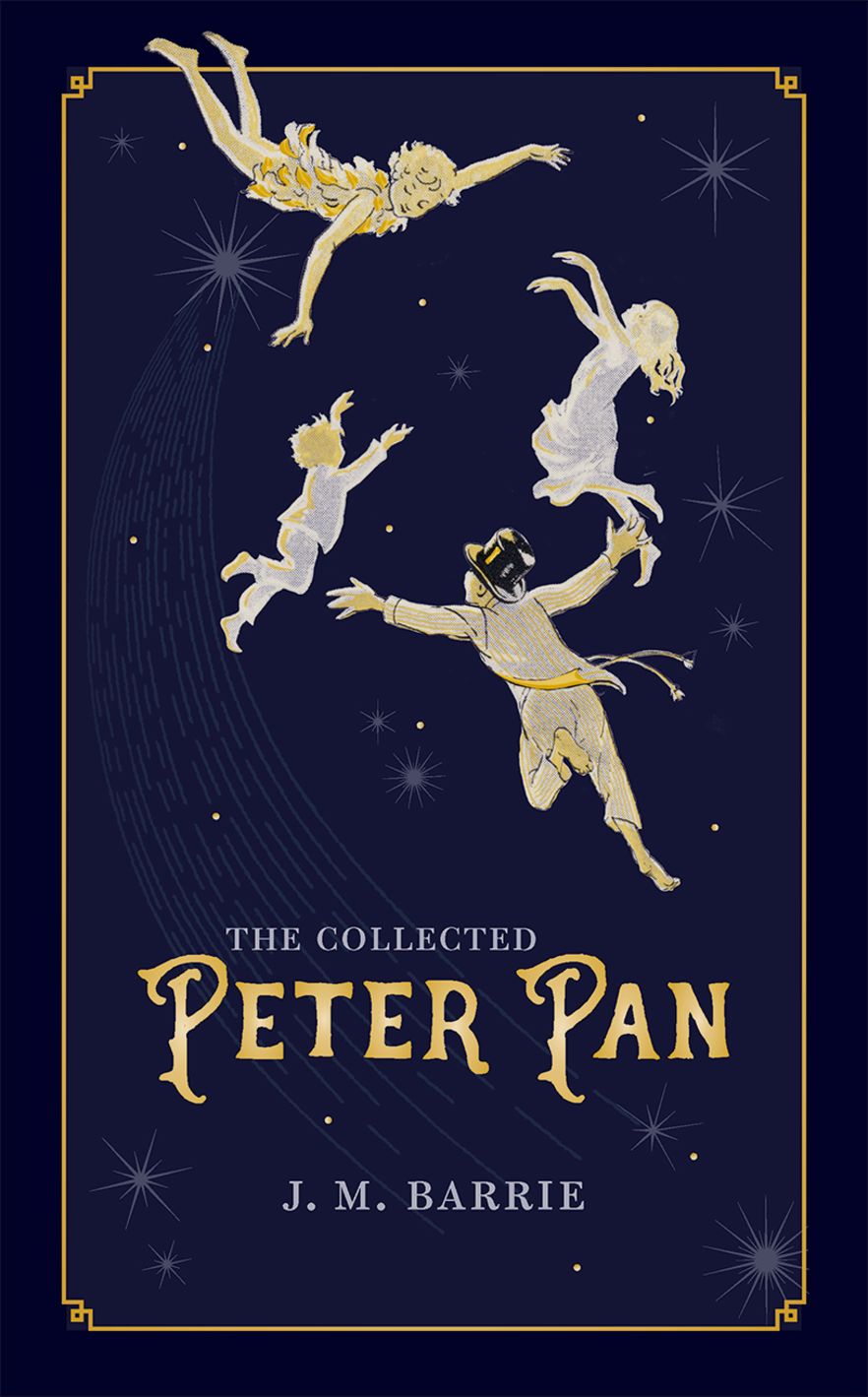By JM Barrie,
Edited by Robert Douglas-Fairhurst
Published by OUP
So you think you know the Peter Pan story? We’ve all seen pantomime versions after all. Some of us have several times seen JM Barrie’s own 1928 play too. Then there’s the Disney film (1953) and Stephen Speilberg’s Hook (1991) along with many other reworkings.
Robert Douglas-Fairhurst’s interesting – scholarly but accessible – new book traces the genesis and development of Peter Pan by collecting together Barrie’s own versions with editorial commentary. Thus we separate what actually emanated from Barrie, as opposed to everything which has been grafted on (or omitted) since.
The famous boy who refused to grow up first appeared in a 1902 story within a story, entitled The Little White Bird and set in Kensington Gardens. Two years later Barry adapted it into an anonymous play. Peter and Wendy was published in 1911 and there were discussions about a film in the early 1920s. The final play version came in 1928. And it’s fascinating to read these and observe how ideas developed and changed over 25 years – even in minor matters such as Alexander becoming Michael (Darling) and Tippy acquiring the much better name of Tinkerbell.
Douglas-Fairhurst, who also includes useful background information on Barrie’s life, times and way of working provides illuminating appendices too. My favourite is a witty post-luncheon talk he gave at Eton, at the invitation of the Provost in 1927. He delivers it as a tribute to, and defence of, James Hook “who was a Great Etonian but not a good one.”



